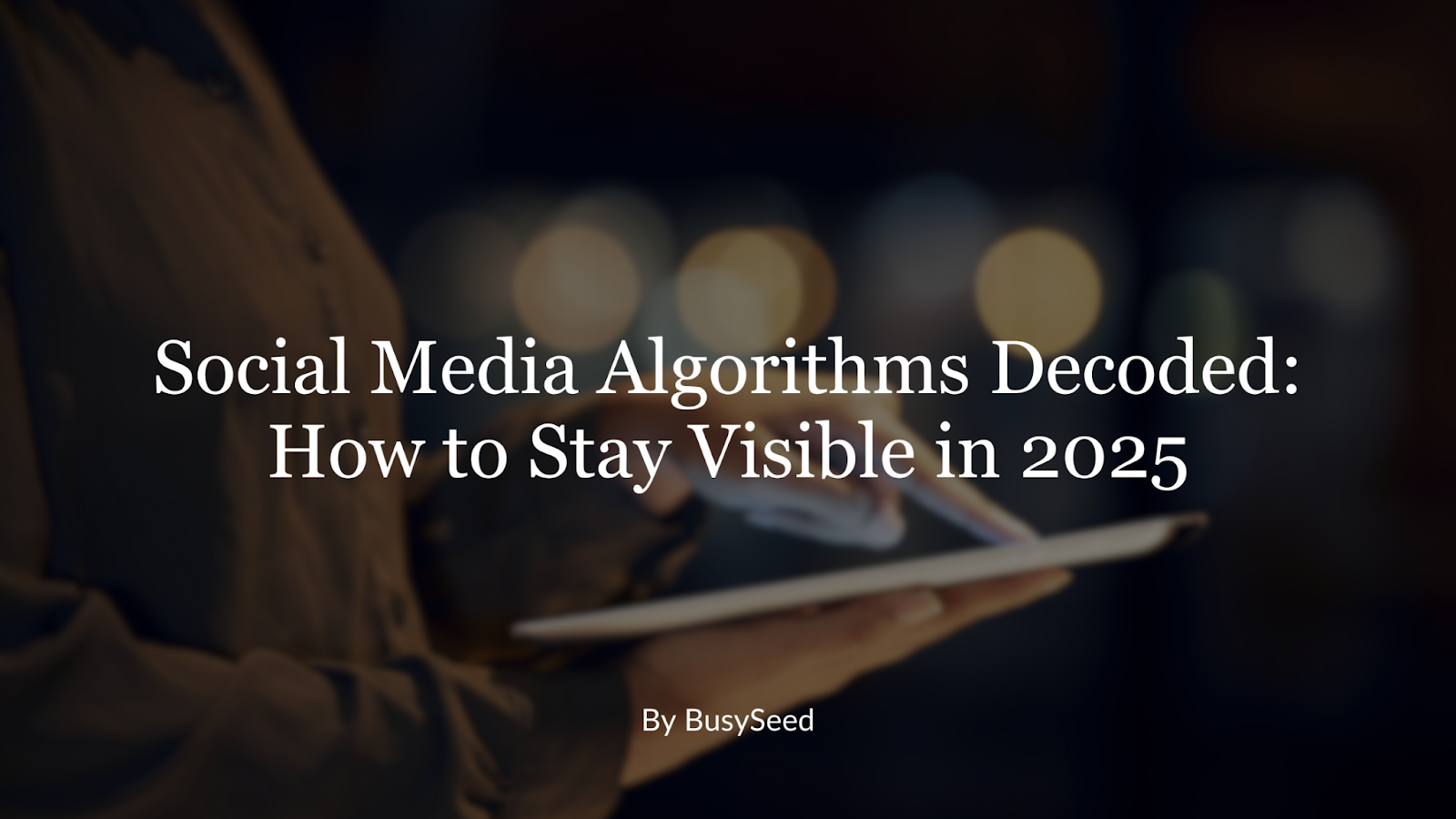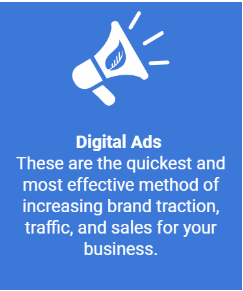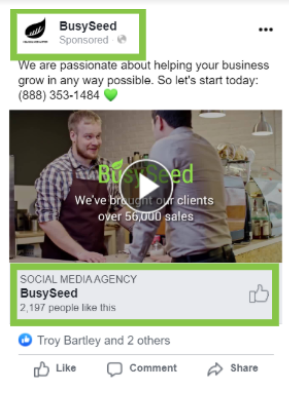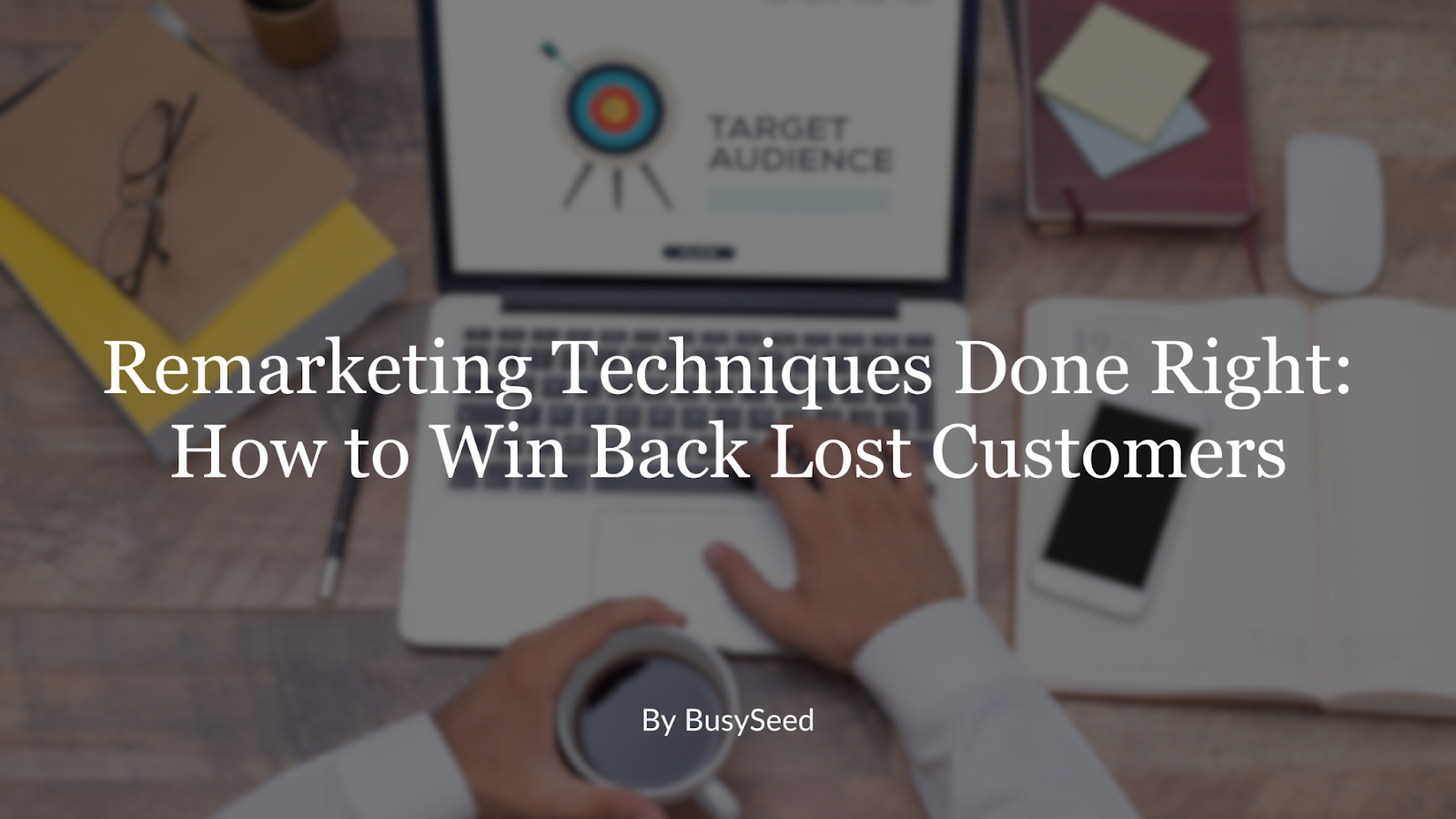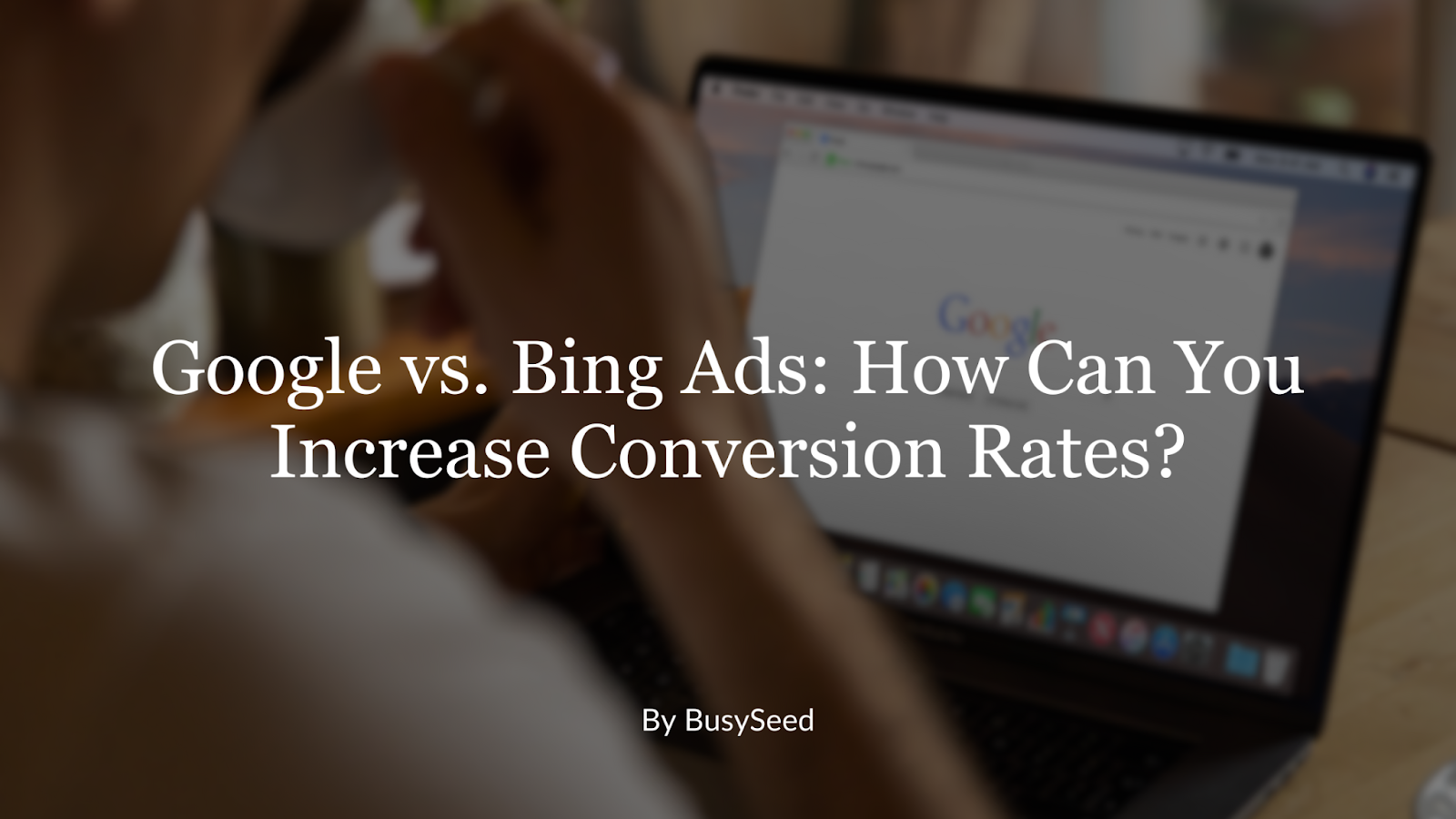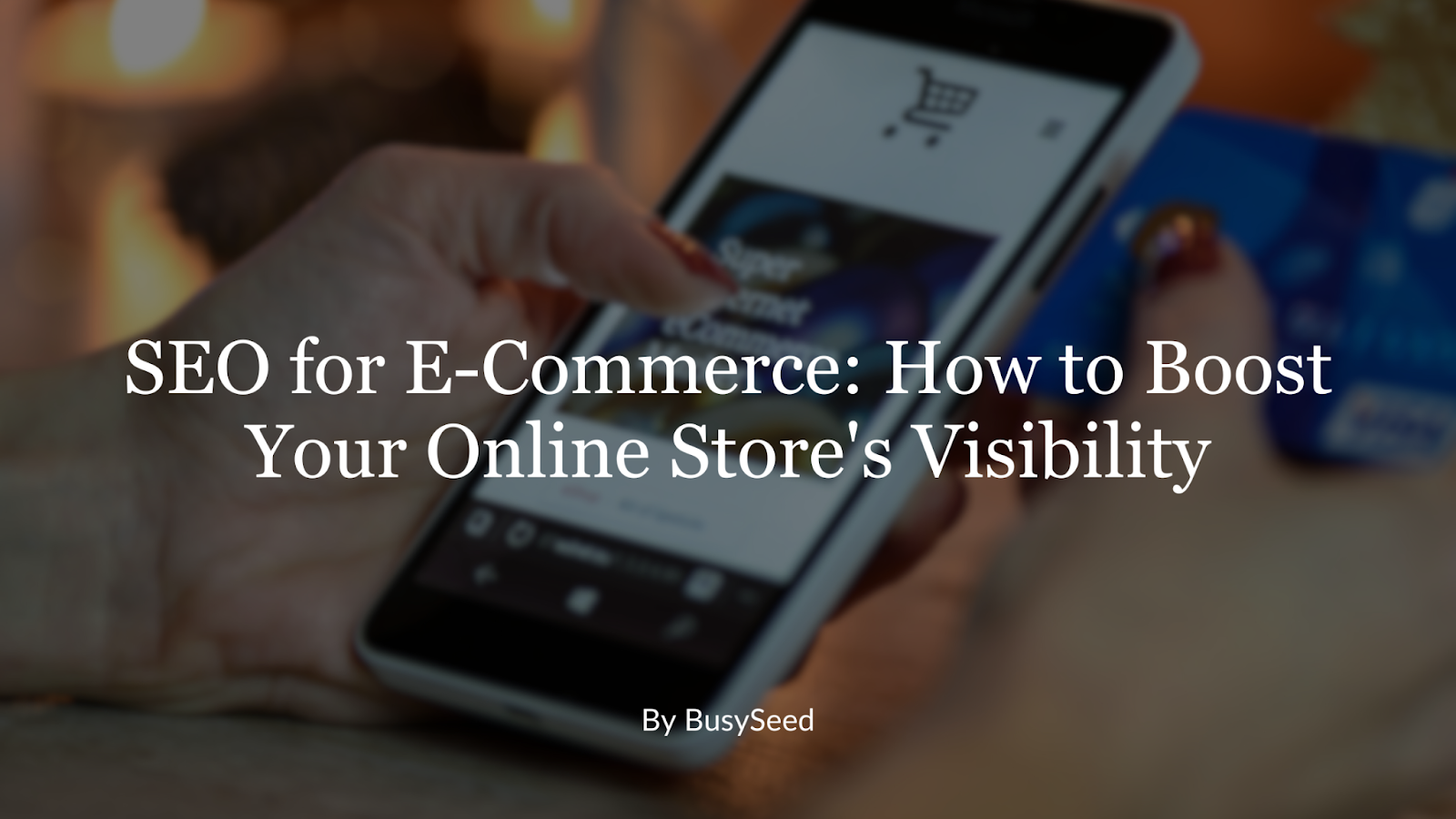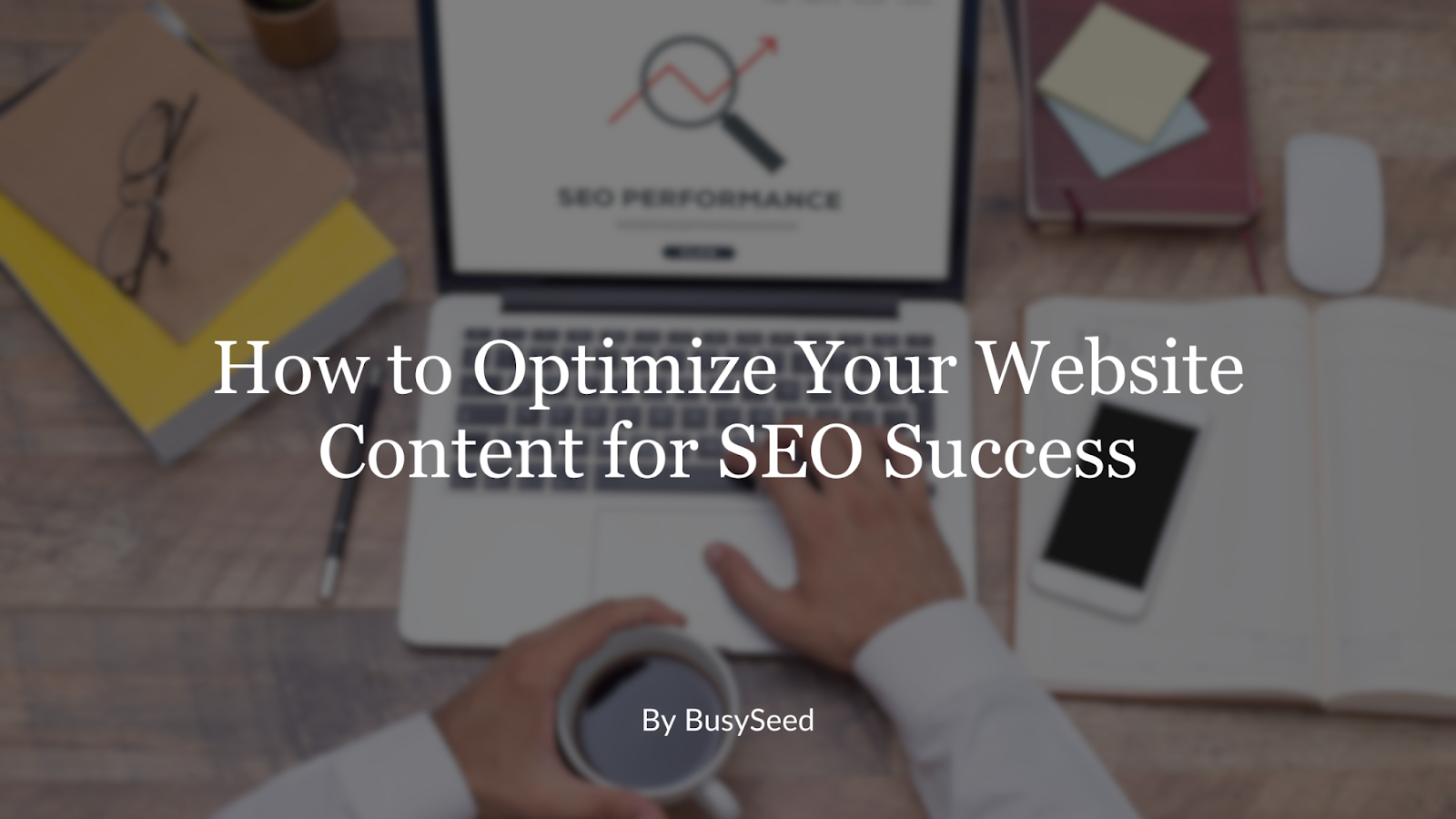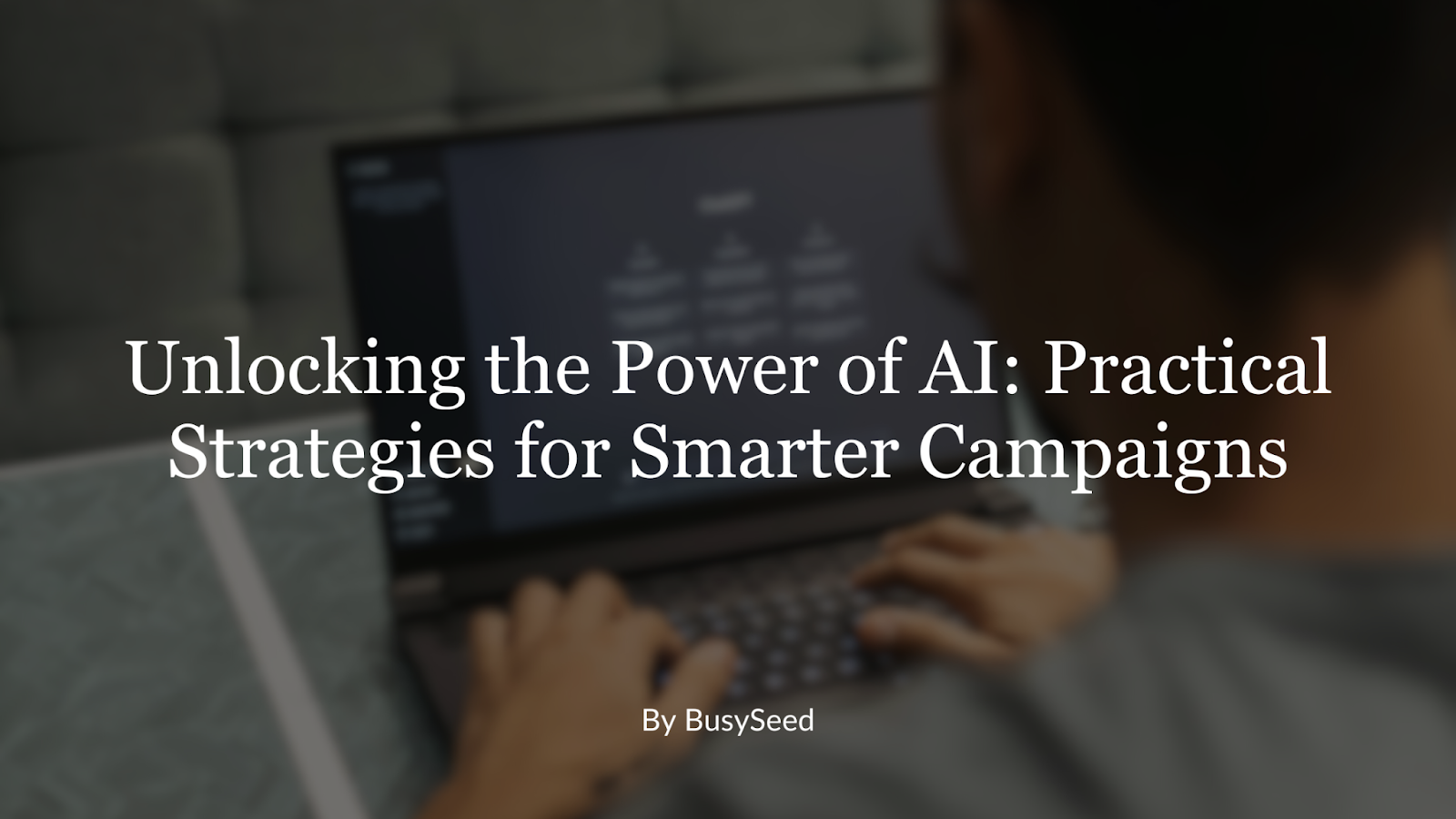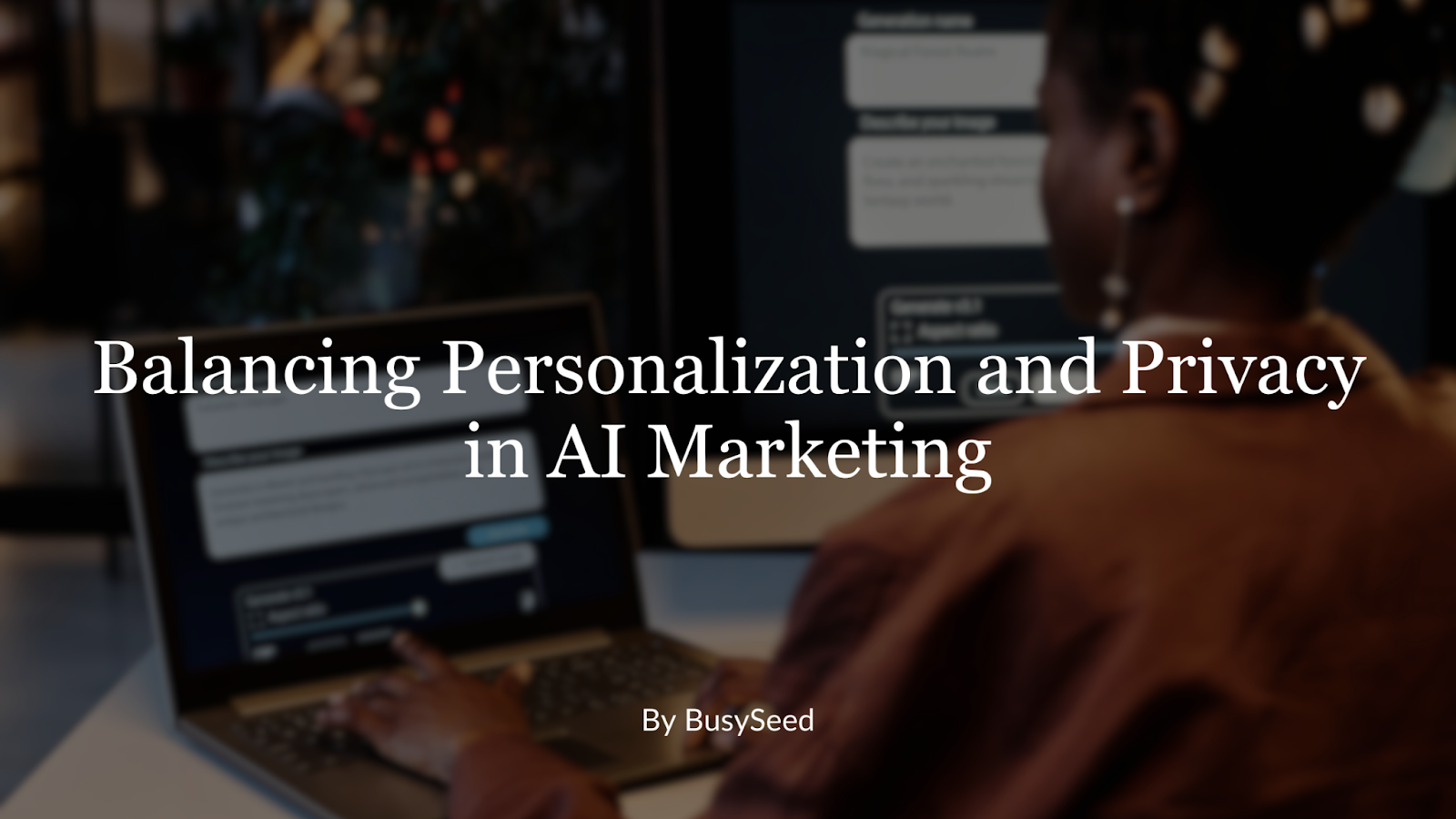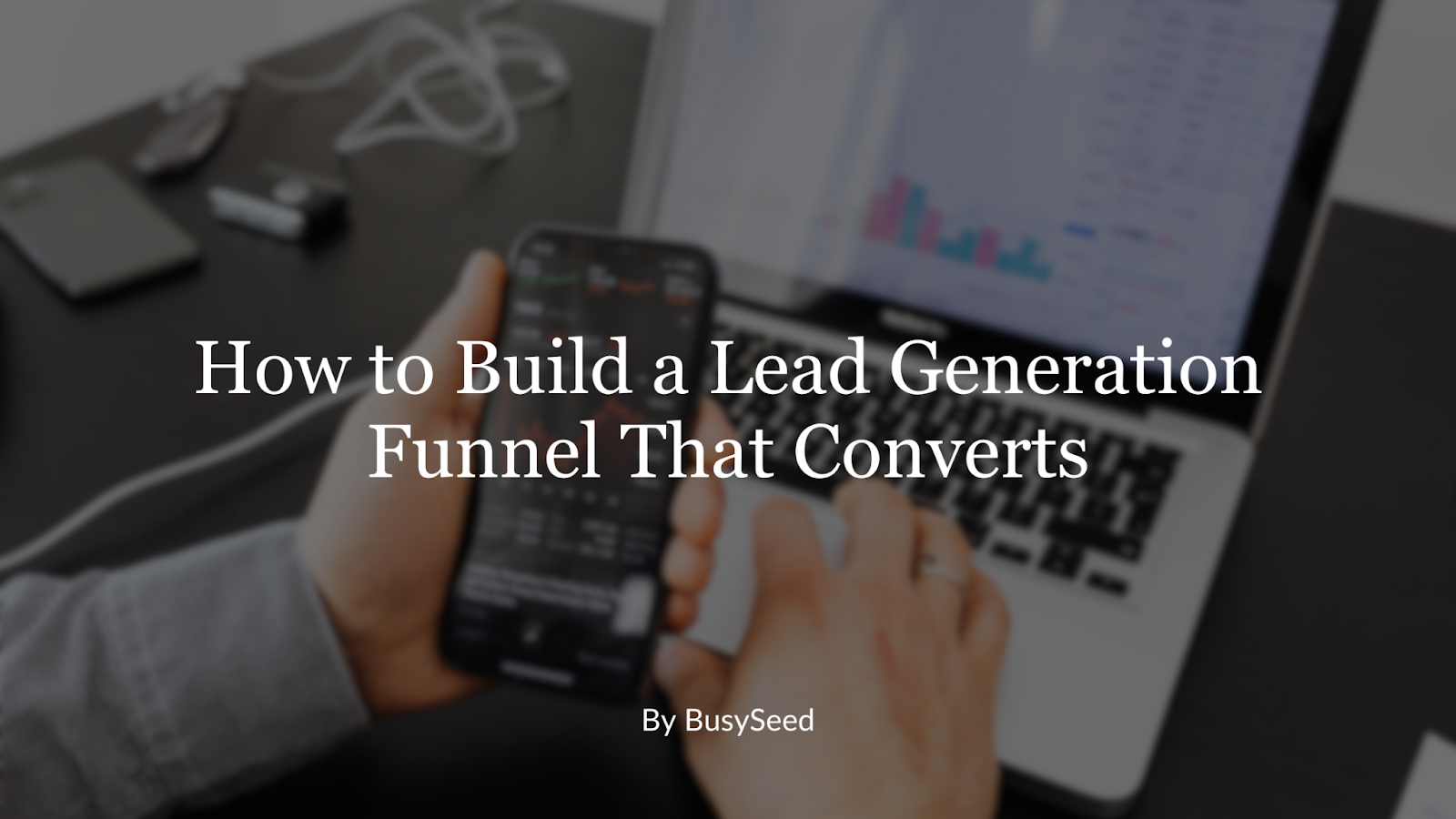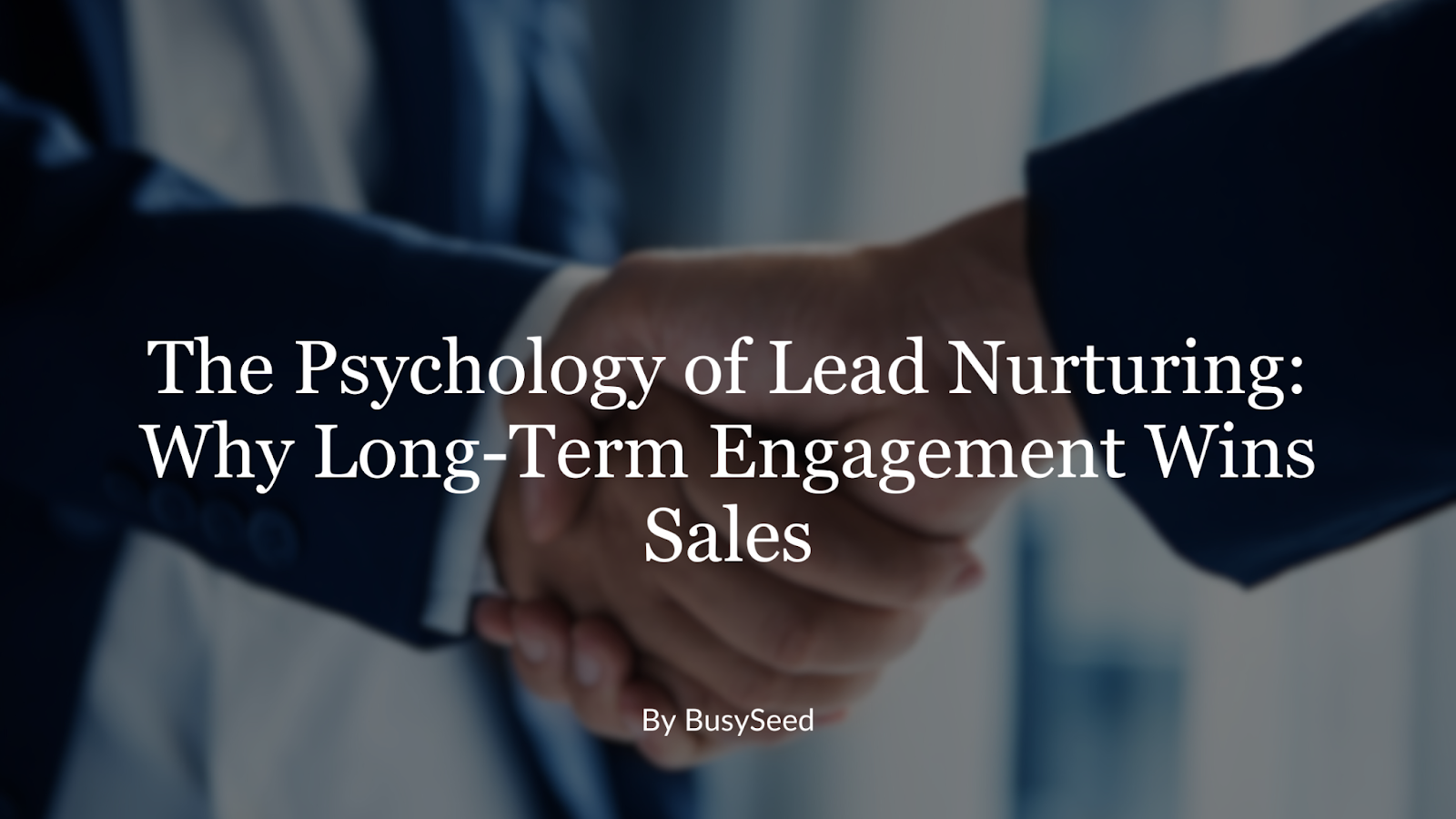Too long, didn't read?
Not to worry! We can sit down together and explain our findings and the contents of this blog in detail. This discussion will include insights from " ". Schedule some time on the right with our CEO.
What's In a Name? "Ads" vs "Posts"
When you first start working with a digital marketing agency, you may get confused by the many terms that are thrown around while discussing your account. There's quite a bit of jargon involved with managed social media, so it's perfectly okay if you don't have a full grasp on what everything means. Let's start small by breaking down "posts" and "ads."
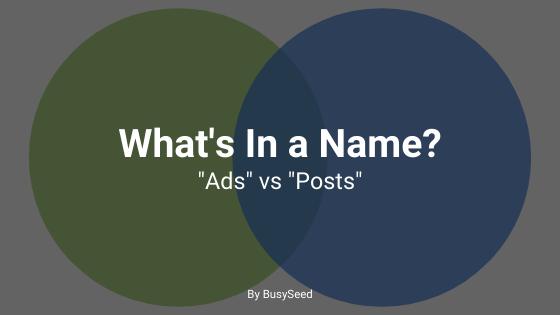
What is a Social Media Post?
A social media post is the type of content you see regularly on your Facebook, Instagram, and Twitter feed. Whenever you or your friends publish something new, it's a post. On Facebook, a post can be plain text, an image, a video, a carousel, a poll, a gif, and more! On Instagram, your posts must include a visual, be it an image, video, carousel, etc. Twitter is similar to Facebook in that you can post many types of tweets, but Twitter is the only platform to limit the number of characters (letters, spaces, symbols, etc.) per post.
Part of our job as a digital marketing agency is to create posts for clients and our own business. We always use visuals because they're more eye-catching and more likely to get people's attention. Creating a social media post is a multi-step process. Firstly, we have to build the creative - the actual design/visual aspect. We overlay text, create complex designs, and work our magic. We build creative with the next step in mind; the copy. Copy is the text that accompanies the visual that gives information. It's also known as the text or the caption outside of the social media marketing world. If we're posting to Instagram, Pinterest, or Twitter, we always make sure to include relevant hashtags (#) to help more people find our posts on the platform.
How Is a Social Media Post Delivered To The Public?
Social media posts reach audiences organically. Posts are not backed by money, they are not pushed in front of people, and they are not given priority on a feed or timeline. Organic reach is dependent on the followers you already have, as well as their interactions with the post and the hashtags you've associated with it. If you have 1,000 followers, your potential reach is already at 1,000 people. If any of those followers share your post or tag their friends in it, your content will now be shown to people outside of your followers, but still without money behind it. If you utilize relevant and popular hashtags, people who follow or explore those hashtags could stumble upon your post organically as well. The second you put any money behind a post, it becomes an ad, which we will get to very shortly. To make a long story short: Create the post's visual and textual aspects -> publish the post to your platform of choice -> followers will see your post and can share it to an even bigger audience.
What Are Social Media Ads?
In addition to social media posts, digital marketing agencies are also responsible for social media ads. An ad can look very similar to a post, but ads are paid promotions. Different platforms allow different types of social media ads. Generally speaking, ads with visuals perform much better compared to ads that are text-based. The creation of many ads can look very similar to the creation of a post; the team must build out the creative as well as the copy that people will see. However, more work goes into social media ads. To understand why that is, we should first talk about what makes an ad an ad.
Things Ads Have That Posts Do Not
As we said, both posts and ads have text and a visual. They both will show up on people's feeds and timelines, but they do so differently. In order to run a social media ad, you need to create an advertising account and set up payment options. Ads only run when there's money behind them. After that, you need to set up your campaign goal. Do you want people to like your Facebook page? Are you trying to get more visitors to your website? Maybe you want to increase sales. Choose the goal that is best for you and the platform will optimize the ad's performance around it. Next, your digital marketing agency will have to create a target audience. This should be composed of the type of people you think will be most interested in your business. For example, if you sell makeup, you'll probably want to focus on women with a secondary focus on performers, drag queens, etc. This is the major point of differentiation between posts and ads.
While social media posts reach your followers and people who stumble upon you, social media ads will be sent out onto the feeds of people who have never heard nor actively searched for you. You can target based on location, age, gender, and interests so that your ad appears on the feeds of potential customers. Once the ad is running, the platform of choice will plop it onto timelines or feeds of accounts that fit in your targeted audience. Ads will typically look similar to a post, but they will say "sponsored" and usually have more details and are clickable. Your digital marketing agency will keep tabs on how your ads are performing and will make adjustments to the images, text, and targeting to try to get you the lowest cost per action. A well-optimized social media ad can cost just a few cents to get someone to complete your desired goal!
Examples: Will They See My Post/Ad?
Go through the following scenarios and try to see if you understand the difference between social media ads and posts.
Your Company: You sell women's sneakers designed for runners and other athletes. You will be posting without hashtags and advertising on Facebook, and you currently have 4,325 followers.
Your Targeting For Ads:
- Age: 18-50
- Sex: Women
- Interests: running, athletics, track and field, cross country, high school sports, college sports
Which of these people would be exposed to your post? Your ad?
- Anne: 21, Female, enjoys running with her dogs, follows you
- Brad: 35, Male, occasionally goes to the gym during his lunch break, follows you
- Ruth: 76, Female, currently lives in a long-term care facility, follows you
- Courtney: 29, Female, runs 5Ks every weekend, does not follow you
- Charlie: 24, Male, avid runner training for the Boston Marathon, does not follow you
- Natalie: 19, Female, on her school's cross country team, does not follow you
Let's see how you did!
- The people that would see your post are: Anne, Brad, and Ruth.
- The people that would see your ad are: Anne, Courtney, and Natalie
It's important to note that while Anne, Brad, and Ruth would all see your post organically, your products (sneakers for women who run) are not relevant to them all. They may follow you, but they are not your target market. By running a social media ad, you will spend money to reach your current audience that fits into your target model, as well as non-followers who could benefit from what you have to offer. You will not pay to show an ad to men, or any women who are not interested in running. While Charlie is a runner, he is a male, and would not be looking for women's running shoes. Therefore, he is not shown your ad.
We hope this article and our short activity have helped you to better understand the differences between a social media post and a social media ad. Digital marketing agencies are experts at both of these things, and we know how to get you the best results from each. If you're not 100% confident in your social media marketing jargon, we highly suggest investing in managed social media. It's crucial to have a very comprehensive understanding of social media marketing before you try to jump in head-first. Any confusion can cause you to not see results, and that's not something any business owner wants. If you haven't been able to use posts and ads to the best of their ability, call the BusySeed team. We have helped 300+ clients with our managed social media services. We constantly look for ways to optimize your ads, and we create engaging posts that will encourage organic reach. We can get you where you want to be online. Call (888) 353-1484 to speak with our business developers!
